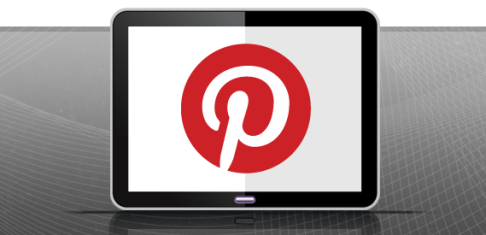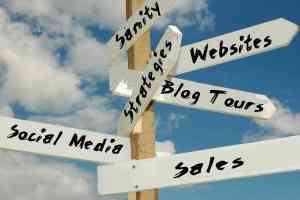
You’ve heard of it. You’ve looked at it. You may have even played with it and thrown around the term “repin” with your close friends. You know it’s powerful, and you want to engage with it to promote your book, but you don’t know how.
Look no further.
At its core, Pinterest is a virtual style-board – a place to collect and share images relating to your personal interests. At a basic level, people use Pinterest to post and share images and content linking back to an original source. Because there are millions of people using Pinterest, the potential to have your content shared is enormous, making it an effective means for book promotion.
How to Use Pinterest as an Author
The ultimate goal of a Pinterest account is to have people follow your boards and repin your pins, thereby promoting your book and you as an author. To encourage this, it’s important to have a strategy and stick to a plan. Though there are countless ways to use Pinterest; the following tips will help you establish a foundation for a promotion strategy that is adjustable yet effective:
Create Effective Boards
Boards are the cornerstone of Pinterest accounts. Having effective boards full of high-quality images that link back to your website are necessary to drive traffic to your website. Some boards to consider having as an author are:
- Character Boards – Create a board full of images relating to or associated with your characters. It can include images of the characters (or what they look like), items they’d use, things they’d enjoy, and so on.
- Photo of Places – Does your book take place in a distant land? Share photos of the landscape, monuments or significant places in your story.
- Inspirational Quotes/Writing Tips – These are some of the most frequently repined images on Pinterest.
- “My Books” Board – Not everyone who comes across your pins will recognize immediately that you’re an author. It’s important to have a board specifically for your books or published works.
Keep in mind how you label or tag an image. Make sure you’re accurately describing the image and using relevant hashtags or keyword terms.
Use Original Content
While it’s appropriate to repin the pins of others, and to pull images from different places online, the only way a person will be directed back to your website (other than through the link in your profile) is if they click on an image and are directed to your blog. Make sure when you pin your photo, illustration or stock image, it is pinned from your website.
Share Boards through Social Media
Now that you have your boards created and full of unique content linking back to your website, it’s time to share the images through social media. Tweeting direct links to new pins and updating your Facebook status with Pinterest updates ensures that your audience knows about and can access your Pinterest account through whichever medium serves them best.
Invite Audience Participation
Some of the best ways to get people to interact with your Pinterest account and book is by having them interact with your boards. Hosting a contest, having a give-away, or asking your readers for suggestions on boards (through your blog, Twitter and Facebook accounts) gives incentive for sharing and engaging with your book.
There is no one way to use Pinterest; the amount of success you have is directly related to how much effort you put into your boards. Play around and try things out. Have a sure-fire tip? Share it and let us know how you use Pinterest as an author.





